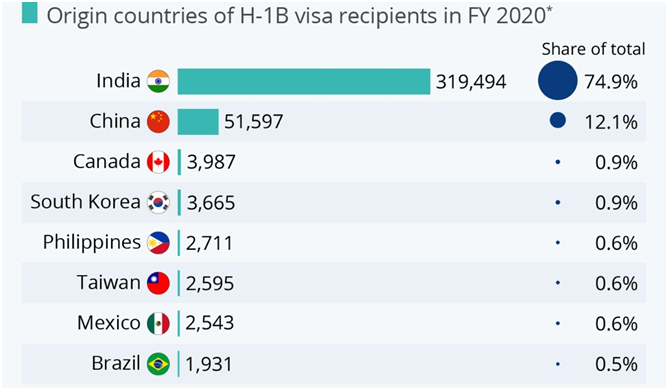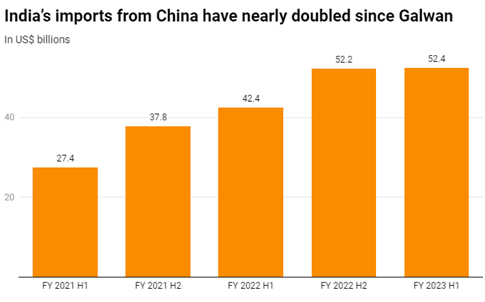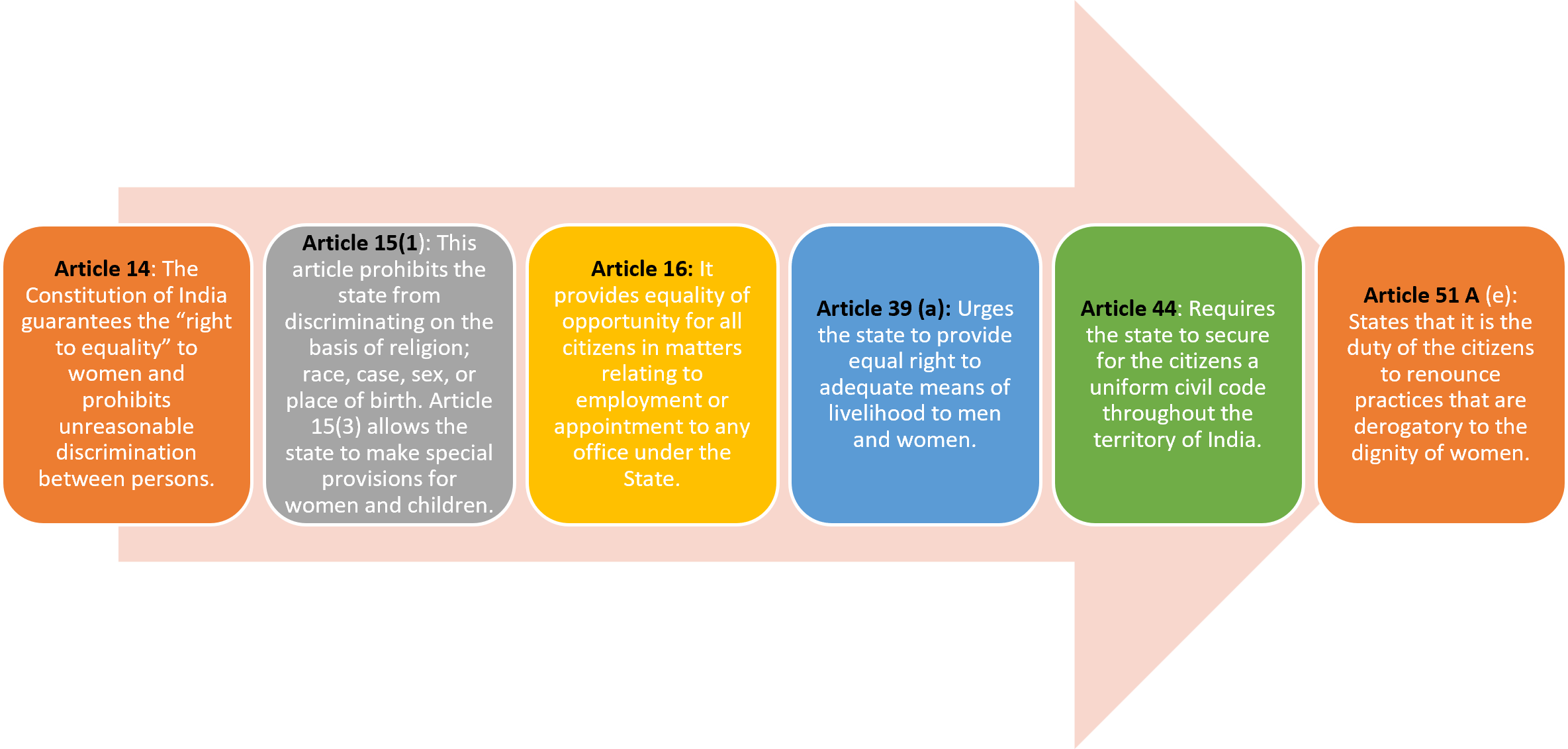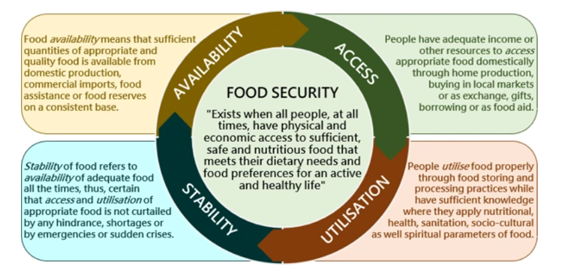Monday, 19th December 2022
Investment in RBI Gold Bonds - Edukemy Current Affairs
In News
The Reserve Bank of India (RBI) has announced the Sovereign Gold Bond Scheme 2022-23 – Series III, which will be open for subscription during December 19-23, 2022.
About the Sovereign Gold Bond Scheme
- The SGB scheme was launched in 2015 with the objective to reduce the demand for physical gold and shift a part of the domestic savings used for the purchase of gold into financial savings.
- SGBs are government securities denominated in grams of gold. They are substitutes for holding physical gold. Investors have to pay the issue price in cash and the bonds will be redeemed in cash on maturity.
- The Gold Bonds are issued as Government of India Stock under the Government Securities (GS) Act, 2006. These are issued by the Reserve Bank of India (RBI) on behalf of the Government of India.
Features of the Scheme:
- Issue Price: The nominal value of the bond is based on the simple average closing price for gold of 999 purity for the last three working days of the week preceding the subscription period, published by the India Bullion and Jewellers Association Ltd (IBJA).
- Eligibility: The Bonds will be restricted for sale to resident individuals, HUFs, Trusts, Universities and Charitable Institutions.
- Investment Thresholds:
-
- Gold bonds can be purchased in multiples of one unit, with an upper limit for retail (individual) investors and HUFs as 4 kilograms (4,000 units) each per financial year. For trusts and similar entities, an upper limit of 20 kilograms per financial year is applicable.
- The minimum permissible investment is 1 gram of gold.
- Maturity period: The gold bonds come with a maturity period of eight years, with an option to exit the investment after the first five years.
- Returns:
-
- A fixed rate of 5% per annum is applicable on the scheme, payable semi-annually.
- Along with the interest, on maturity, the gold bond would be redeemed at the market price issued by IBJA.
- The interest on Gold Bonds shall be taxable as per the provision of Income Tax Act, 1961.
- Sale route: Bonds will be sold through banks, Stock Holding Corporation, designated post offices and the National Stock Exchange of India Limited and Bombay Stock Exchange.
- Tradability: Bonds will be tradable on stock exchanges within a fortnight of the issuance on a date as notified by the RBI.
- Security of deposit: The quantity of gold for which the investor pays is protected, since he receives the ongoing market price at the time of redemption or premature redemption.
What are the benefits of the scheme?
- These are safe modes of investment and can be used as collateral against loans.
- It will relieve investors of the need to check the quality of gold which is a major hurdle when purchasing gold from local jewellers. It would also eliminate storage and making charges.
- It will help in the reduction in imports of gold, thus reducing the current account deficit.
Source:
https://indianexpress.com/article/explained/explained-economics/rbi-gold-bonds-sense-to-invest-8329948/
Click the link below to attempt the daily MCQs and the Mains based questions.
1925 Kakori Train Action and its young revolutionary leaders
Kakori Train Action
In News:
- Nation remembers the young revolutionary leaders of Kakori Train Action
About the News:
- In December 1927, prominent revolutionaries of the Indian independence movement were hanged two years after the Kakori Train Robbery.
- In the Kakori train Robbery, members of the Hindustan Republican Association (HRA) looted a train transporting money to the British treasury.
- After the event, the British authorities launched an intense manhunt, leading to the eventual arrest of several members of the HRA.
- Indian freedom fighters Ram Prasad Bismil, Rajendranath Lahiri and Ashfaqullah Khan were eventually hanged for their role in the Kakori train robbery.
- While the British tried to set an example of authority out of the incident, the Kakori incident set a symbolic message to the British empire of revolutionary bravery to be inspired by generations to come.
Events leading to Kakori:
- Non-cooperation: Mahatma Gandhi launched Non-Cooperation Movement in 1920 asking Indians to revoke their support from any activity that “sustained the British government and economy in India.
- Chauri chaura incident: After police firing killed three protesting men in the town of Chauri Chaura in present-day Uttar Pradesh, a mob later set fire to the police station, burning several policemen to death leading to Gandhi calling off the movement in 1922.
- Dissatisfaction with Gandhi: Leaders and youths who were disillusioned by Gandhi’s tactics and preaching of “non-violence” founded different revolutionary groups including HRA.
- Kakori incident: A train carrying the treasury bags meant to be deposited in the British treasury in Lucknow was robbed at Kakori by the HRA revolutionaries Rajendranath Lahiri, Ram Prasad Bismil and Ashfaqullah Khan.
- Aftermath:
- Misfiring: Due to a misfiring Mauser gun, one passenger (a lawyer named Ahmad Ali) was killed during the robbery, harming the revolutionaries’ intentions to elicit a positive public reaction.
- British response: The British authorities were enraged, undertaking a violent crackdown and soon arresting many members of the HRA.
|
Hindustan Republican Association (HRA):
|
Source:
https://indianexpress.com/article/explained/remembering-the-1925-kakori-train-action-history-8330757/
Click the link below to attempt the daily MCQs and the Mains based questions.
India pushes for a new fund to reverse biodiversity loss
Why in news?
- Recently, over 100 countries adopted the Kunming Declaration at the ongoing 15th Conference of the Parties to the United Nations Convention on Biological Diversity in China.
- The declaration’s adoption will create momentum for a new global biodiversity pact.
- In a prior accord known as the Strategic Plan for Biodiversity 2011-2020, which was signed in Aichi, Japan, in 2010, nations came to an agreement on 20 targets to attempt and limit the loss of biodiversity and safeguard habitats by the year 2020.
|
About Kunming declaration
|
Key Points from the Declaration
Discussion on ’30 by 30
- There was a discussion on the '30 by 30' target which is a key proposal being debated at the COP15, that would afford 30% of the Earth’s land and oceans protected status by 2030.
- Along with this, there is discussion about the need to reduce the use of chemicals in agriculture by half and to stop producing plastic trash.
Kunming Biodiversity Fund
- Additionally, China has promised to provide USD 233 million to a new fund to safeguard biodiversity in underdeveloped nations. This fund is being referred as the Kunming Biodiversity Fund by China.
- It is the right step in this direction. However, several nations have reservations about this fund.
- Since that China is the world's largest polluter, several nations have referred to this fund as "a drop in the bucket."
- Furthermore, some rich country donors argue that the Global Environment Facility, which already assists developing countries in financing environmental projects, negates the need for a new conservation fund.
|
Government Initiatives for Biodiversity Conservation |
|
|
Convention on Biological Diversity |
In force since 1993; Legally binding treaty to conserve biodiversity; India is a party to the convention |
|
Convention on International Trade in Endangered Species of Wild Fauna and Flora |
Provides public, private and non-governmental organisations with the knowledge and tools which enable human progress, economic development and nature conservation to take place together; India is a party of the convention. |
|
World Wide Fund for Nature |
International non-governmental organisation for conservation, research and restoration of biodiversity |
|
Global Biodiversity Assessment |
Analyses current issues, theories and views regarding the main aspects of biodiversity |
|
Man and the Biosphere Program |
Launched in 1970; focuses on the diversity and resources provided by the nature, impacts of humans on biodiversity and how biodiversity affects human activities |
Content Source Link:
https://www.tribuneindia.com/news/nation/at-cop15-india-pushes-for-new-fund-to-reverse-biodiversity-loss-462344
https://www.downtoearth.org.in/news/wildlife-biodiversity/over-100-countries-sign-kunming-declaration-on-biodiversity-conservation-79685
Click the link below to attempt the daily MCQs and the Mains based questions.
Roadmap to achieve ₹10 lakh per capita income by 2047: FICCI
In news
A roadmap for India to increase its workforce to 600 million and increase its per capita income by six-fold to Rs 10 lakh, by the year 2047, was released through the ‘India century initiative’ launched by the Federation of Indian Chambers of Commerce and Industry (FICCI) and McKinsey & Company.
About the 'India Century Initiative'
- The ‘India century initiative’ has been launched by FICCI and McKinsey & Company, as a multi-stakeholder initiative, aimed at catalysing actions to achieve the country’s full economic potential by 2047.
- With input from over 200 companies, the paper identifies 10 priority sectors for growth over the next 25 years, with a set of over 50 actions for companies and industry bodies, supported by the state and central governments, to unlock that growth.
- The initiative outlines a roadmap for what India can do to unlock opportunities to achieve sustainable and inclusive growth along the following key metrics by 2047:
- increasing per capita income sixfold to Rs 10 lakh
- achieving 600 million jobs
- doubling female participation in the labour force to 45-50%.
- cutting carbon emissions, and
- providing access to clean water for all.
- The roadmap also dwells on the strengthening of four key capabilities that will determine growth momentum, which include:
- Building India’s innovation ecosystem
- Scaling up India’s small and medium enterprises
- Strengthening the skills of its future workforce to match the needs of high-growth sectors and shaping India into the preferred destination for foreign investment.
Source
FICCI, McKinsey lays down roadmap to achieve ₹10 lakh per capita income by 2047
Image source
https://www.india-century.com/reports/India’scentury-Achieving-sustainable-inclusive-growth.pdf
Click the link below to attempt the daily MCQs and the Mains based questions.
Recusal of Judges - Edukemy Current Affairs
- Context: Supreme Court judge recuses herself from hearing Bilkis Bano’s petition.
- The judges take the oath to render justice without “fear or favour” and the practice stems from the cardinal principle that nobody can be a judge in her own case.
- When there is a conflict of interest, a judge can withdraw from hearing a case to prevent creating a perception that she carried a bias while deciding the case.
- Any interest or conflict of interest would be grounds to withdraw from a case since a judge has a duty to act fair.
- The conflict of interest can be in many ways — from holding shares in a company that is a litigant to having a prior or personal association with a party involved in the case.
- Process of recusal: The decision to recuse generally comes from the judge herself as it rests on the conscience and discretion of the judge to disclose any potential conflict of interest.
- There are no formal rules governing the process , and it is often left to individual judges to record reasons for recusal.
Sources:
https://www.thehindu.com/news/national/bilkis-bano-plea-sc-judge-justice-bela-m-trivedi-recuses-from-hearing-against-early-release-of-convicts/article66257861.ece
https://indianexpress.com/article/explained/how-judges-recuse-from-cases-and-why-7371106/
Image source:
https://www.thehindu.com/news/national/when-can-a-judge-opt-out-of-a-case/article30831685.ece
Click the link below to attempt the daily MCQs and the Mains based questions.
Kerala’s 5 Agricultural Products get GI Tag
- Context: Recently, 5 agricultural products of Kerala have been granted GI status.
- The unique feature of the products is the agro-climatic conditions of the geographical area of their production due to which geographical indication tag has been awarded.
|
Product |
Specialty |
|
1. Attappady Attukombu Avara (beans) |
|
|
2. Attappady Thuvara (red gram) |
|
|
3.Onattukara Ellu (sesame) |
|
|
4.Kanthalloor-Vattavada Veluthulli (garlic) |
|
|
5.Kodungalloor Pottuvellari (snap melon) |
|
- 17 agricultural products of Kerala facilitated by the Kerala Agricultural University have received the GI status.
- This tag is given by the Geographical Indication Registry under the Department of Industry Promotion and Internal Trade, Ministry of Commerce and Industry.
Source:
https://www.thehindu.com/news/national/kerala/states-five-agricultural-products-get-gi-tag/article66271422.ece/amp/
Click the link below to attempt the daily MCQs and the Mains based questions.
Panini's Ashtadhyayi - Edukemy Current Affairs
- Context: An Indian scholar at Cambridge recently claimed to have solved the Grammar Problem in Panini’s Ashtadhyayi.

- It is Sanskrit treatise on grammar, written in the 6th to 5th century BCE by Panini (grammarian), which set the linguistic standards for Classical Sanskrit.
- It sums up in 4,000 sutras the science of phonetics and grammar that had evolved in the Vedic religion.
- Panini divided his work into eight chapters, each of which is further divided into quarter chapters.
- Ashtadhyayi distinguishes between usage in the spoken language and usage that is proper to the language of the sacred texts.
- With its complex use of metarules, transformations, and recursions, the grammar in Ashtadhyayi has been likened to the Turing machine, an idealized mathematical model that reduces the logical structure of any computing device to its essentials.
- Panini probably lived in the 4th century BC, the age of the conquests of Alexander and the founding of the Mauryan Empire.
- He has also been dated to the 6th century BC, the age of the Buddha and Mahavira and went to Taksasila.
- He likely lived in Salatura, Gandhara (north-west Pakistan.)
- Later Indian grammars such as the Mahabhasya of Patanjali (2nd century BC) and the Kasika Vritti of Jayaditya and Vamana (7th century AD), were mostly commentaries on Panini.
Source:
https://indianexpress.com/article/explained/explained-culture/panini-grammar-puzzle-ashtadhyayi-rishi-rajpopat-explained-8329338/
https://www.britannica.com/topic/Ashtadhyayi
Image source:
https://play.google.com/store/apps/details?id=com.vyoma.ashtadhyayi&hl=en_US&gl=US&pli=1
Click the link below to attempt the daily MCQs and the Mains based questions.
INS Mormugao - Edukemy Current Affairs
- Context: Introducing INS Mormugao, the Navy’s new guided missile destroyer
- INS Mormugao, a stealth-guided missile destroyer, incorporates advanced stealth features and a higher degree of automation.
- Guided missile destroyers are capable of anti-aircraft and anti-submarine warfare, apart from anti-surface operations.
- It has multiple fire zones, battle damage control systems, and distributional power systems for improved survivability and reliability in extreme operational and conflict scenarios.
- Its total atmospheric control system (TACS) offers protection to the crew from chemical, biological, and nuclear threats.
- The ship has a state-of-the-art combat management system that can evaluate threats using analytical tools and create a tactical picture.
- The warships have a secure network for data from their sensors and weapons systems.
- The ‘combined gas and gas’ (COGAG) configuration allows for an advanced propulsion system which helps the ship reach a maximum speed of 30 knots and maximum range.
- Modern destroyers are swift, sleek, and difficult to detect, and primarily protect the fleets and carrier battle groups from the short-range surface, air, and sub-surface attacks.
- Because of their speed, manoeuvrability, and strike capability, guided missile destroyers are key assets in various types of naval operations, mainly offensive.
Sources:
https://indianexpress.com/article/explained/ins-mormugao-indian-navy-new-guided-missile-destroyer-explained-8331519/
Image source:
https://timesofindia.indiatimes.com/india/the-indian-navy-gets-its-new-stealth-destroyer-mormugao/infographicshow/54379510.cms?from=mdr
Click the link below to attempt the daily MCQs and the Mains based questions.
Pradhan Mantri Kaushal Ko Kaam Karyakram (PMKKK)
- Why in news? PMKKK has been now named as Pradhan Mantri Virasat Ka Samvardhan (PM VIKAS) Scheme.

- About:
- PM VIKAS aims to improve the livelihoods of minorities, particularly the artisan communities, using the components of skill development, education, women leadership & entrepreneurship.
- Nodal Ministry: Ministry of Minority Affairs
- Type: Central Sector Scheme
- PM VIKAS converges five erstwhile schemes of the Ministry viz. Seekho aur Kamao, USTTAD, Hamari Dharohar, Nai Roshni and Nai Manzil.
https://pib.gov.in/PressReleasePage.aspx?PRID=1883721
Click the link below to attempt the daily MCQs and the Mains based questions.
Indian Footwear and Leather Development Programme (IFLDP)
- Why in news? Recently, the government has approved the continuation of the Central Sector Scheme's Indian Footwear and Leather Development Programme till 2026.
- About:
- It is a Central Sector Scheme, which aims at the development of infrastructure for the leather sector, addresses environmental concerns specific to the leather sector, and facilitates additional investments, employment generation and increase in production.
- It was launched by Department for Promotion of Industry and Internal Trade under the Ministry of Commerce and Industry.
Sub-Schemes:
- Sustainable Technology and Environmental Promotion (STEP)
- Integrated Development of Leather Sector (IDLS)
- Mega Leather Footwear and Accessories Cluster Development (MLFACD)
- Establishment of Institutional Facilities (EIF)
- Brand Promotion of Indian Brands in the Footwear and Leather Sector
- Development of Design Studios in the Footwear and Leather Sector
https://pib.gov.in/PressReleaseIframePage.aspx?PRID=1884255
Click the link below to attempt the daily MCQs and the Mains based questions.
IKKI jathre - Edukemy Current Affairs
- Why in news? The Ikki Jathre or the Festival of Rice in tribal parlance has been launched whereby 300 climate-resilient varieties of traditional rice were planted at Panavally, Wayanad.
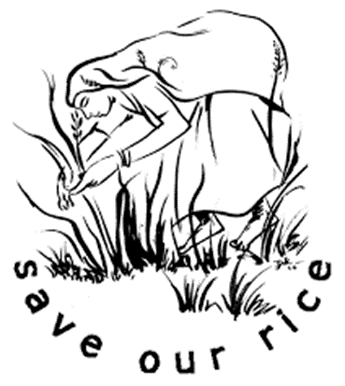 About:
About:
- The initiative aims to sensitise people to the significance of conserving traditional crops that have the ability to withstand harsh climatic conditions.
- The festival also sets the stage for knowledge sharing and co-creation of knowledge between tribal farmers and experts.
- For the RDB, most of the varieties were collected from Kerala, Karnataka, Assam, Tamil Nadu, Arunachal Pradesh, Maharashtra and West Bengal.
- Also, there are three traditional rice varieties from Vietnam and Thailand.
https://www.thehindu.com/news/national/kerala/ngos-rice-festival-in-wayanad-gives-a-push-for-traditional-crops/article66270680.ece#:~:text=At%20a%20time%20when%20climate,in%20Panavally%20in%20the%20Wayanad
Click the link below to attempt the daily MCQs and the Mains based questions.
Kanheri Caves - Edukemy Current Affairs
Why in news? Recently, G20 delegates visited Kanheri Caves in Mumbai.
About:

- The Kanheri Caves are a group of caves and rock-cut monuments located on the western outskirts of Mumbai. The caves are located within the forests of the Sanjay Gandhi National Park.
- The name Kanheri is derived from ‘Kanhagiri’ in Prakrit and occurs in the Nasik inscription of the Satavahana ruler Vasisthiputra Pulumavi.
- The earliest reference to Kanheri is ascribed to Fa-Hein who visited India during 399-411 CE and later by several other travellers.
- Kanheri flourished under the patronage of Satavahana, Traikutakas, Vakatakas and Silaharas and through donations made by the wealthy merchants of the region.
https://theprint.in/india/g20-delegates-visit-kanheri-caves-in-mumbai/1268593/?amp
Click the link below to attempt the daily MCQs and the Mains based questions.
Modern Mammals - Edukemy Current Affairs
Why in news? According to new research published recently, Mammals may have evolved in Gondwana, the southern landmass formed from the supercontinent Pangaea millions of years.
About:
- Modern mammals consist of three subgroups: Montremes, marsupials and placentals.
- Monotremes are egg-laying (oviparous) mammals. They are the most primitive mammals. Currently, only three species of Monotremes are extant viz. Duckbilled Platypus and two species of Echidnas. Monotremes are found only in Australia and New Guinea.
- Marsupials include kangaroos, wallabies, koalas, possums, opossums, wombats, and numbat.
- Placental mammals are nearly 4000 described species, of which most are rodents and bats.
https://www.australiangeographic.com.au/news/2022/12/discovery-identifies-australia-as-birthplace-of-all-modern-mammals/
Click the link below to attempt the daily MCQs and the Mains based questions.
Doxing - Edukemy Current Affairs
About:

- Doxxing is publishing and analysing others’ personal information on the internet with malicious intent that can reveal the person’s real identity making them victims of harassment and cyber-attacks.
- It is used to shame or punish people who would rather stay anonymous, because of their controversial beliefs or other types of non-mainstream activity.
- Doxxing can result in emotional distress, loss of employment and even physical harm or death.
https://www.reuters.com/technology/twitter-suspends-accounts-several-journalists-2022-12-16/
Click the link below to attempt the daily MCQs and the Mains based questions.
Combatting Terror: Action vs. Civilian Targeting - The Hindu
Exam View: Terrorism, Unlawful Activities Prevention Act, National Investigation Agency, National Security Guard (NSG), United Nations Security Council’s Counter-Terrorism Committee (CTC), Current Framework for Combating Terrorism in India, Challenges Related to Terrorism, Comprehensive Convention on International Terrorism (CCIT).
In News: Recently, the External Affairs Minister listed out four hurdles to better our counterterrorism cooperation, i.e., state support for financing terror; multilateral mechanisms that are opaque and agenda-driven; double standards and politicisation of countering terrorism according to where terror groups belong, and the “next frontier” (the use of emerging technologies such as drones and virtual currency by terrorists), needs attention.
All forms of terrorism are reprehensible and can never be justified. Today, terrorism is a threat to all States in every region, and it has expanded to become a worldwide issue. Since gaining its independence, India has struggled with the issue of terrorism and insurgency in many sections of the nation.
The terrorist organisations have used a variety of terrorist tactics, implementing increasingly advanced technologies that make their operations more horrible. Due to this, India should develop policies that are on par with or even better than global counterterrorism efforts to confront and defeat frontier terrorism.
Current Framework for Combating Terrorism in India
- India hosted a meeting of the UNSC Counter-Terrorism Committee (CTC) : Theme of ‘Countering the use of new and emerging technologies for terrorist purposes’ and No Money For Terror.
- Amendment in UAPA Act: The Unlawful Activities Prevention Act, 1967 was amended in August 2019 to allow for the designation of individuals as terrorists.
- US-India Pact: In 2016, India and the United States signed an arrangement to exchange terrorism screening information, and continue to work on implementation.
- Amendment to NIA Act 2008: At the central government level, the National Investigation Agency is the lead law enforcement investigative agency to combat terrorism. The Indian Parliament passed amendments to the National Investigation Agency (NIA) Act of 2008 to give NIA the ability to investigate terrorism cases overseas.
- The National Security Guard (NSG) retains the mandate for a nationwide response as the sole federal contingency force and State antiterrorism squads were created after 2008 for rapid first response.
Challenges in Combating Terrorism
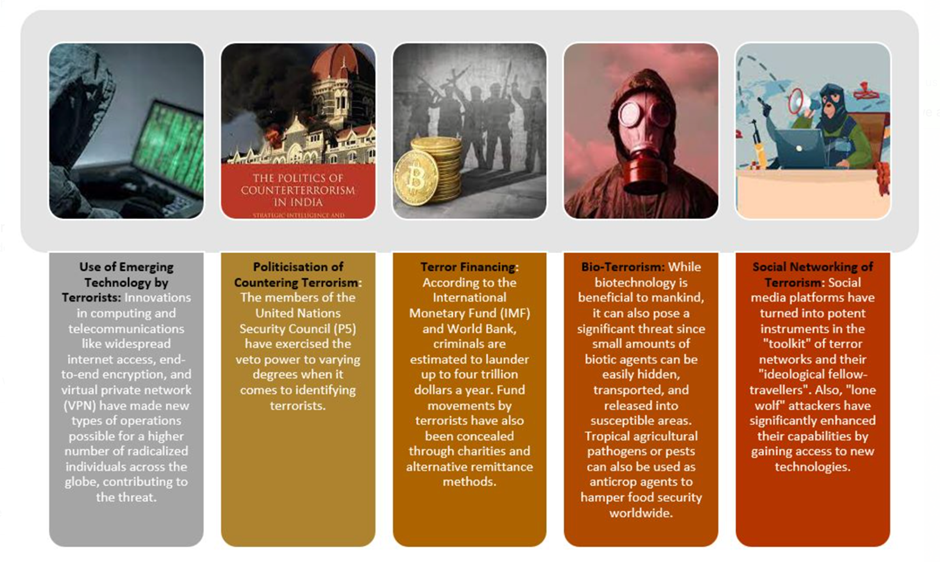
Way Forward
- Universal Definition of Terrorism: A universal definition of terrorism is needed so that all members of the United Nations General Assembly (UNGA) can incorporate it into their own criminal laws, banning terror groups, prosecuting terrorists under special laws, and making cross-border terrorism an extraditable offense worldwide.
- Preventing Youth From Terrorism: Educational establishments play a significant role in promoting nonviolence, peaceful coexistence, and tolerance. Also, undertaking policies to tackle economic and social inequalities will help in deterring disgruntled youth from being lured towards terrorism.
- Re-energizing Counter Terrorism Agenda: It is necessary to re-energize the global agenda of counter-terrorism by emphasizing the need for unity and checking the veto power of P5 when it comes to identifying terrorists worldwide.
- Enhancing Capacity of NIA: The Indian military should be specially trained to combat cross-border terrorism, ensuring coordination among intelligence and security agencies to prevent infiltration.
- Curbing Terror Funding: There is a need for stronger laws that require banks to perform due diligence on clients and to report suspicious transactions to prevent terrorism.
https://www.thehindu.com/opinion/editorial/countering-terror-the-hindu-editorial-on-action-against-groups-targeting-civilians/article66271678.ece
Click the link below to attempt the daily MCQs and the Mains based questions.
The World's First Cafe Run by Acid Attack Survivors
Background
Sheroes Hangout, a café close to the Taj Mahal, is the world's first café run by female acid attack survivors.
- Now attracting 80 customers on an average day—mostly tourists—the café is the first initiative of its kind to reintegrate survivors back into mainstream Indian society.
- It is the brainchild of the Stop Acid Attacks campaign and an NGO-Chhanv Foundation.
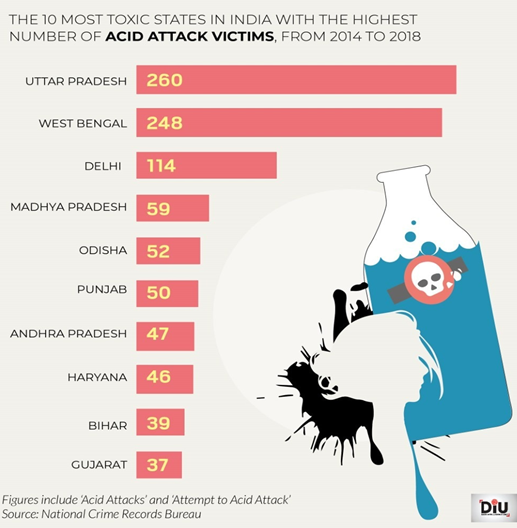
About Acid Attacks in India.
- According to Acid Survivors International, there are an estimated 1,000 cases every year, although the figure could be much higher considering many are reluctant to report it out of shame or fear.
- NCRB reported that there were 150 such cases recorded in 2019, 105 in 2020 and 102 in 2021.
- Family and land disputes, dowry demands and rejecting men's advances are often seen as major reasons behind the attacks.
- The survivors lose their aesthetic appeal, they are denied job opportunities and systematically ostracized from the society. The attacker robs the victim of even opportunities of finding love.
What are the steps taken by the government to tackle acid attacks and ensure the rehabilitation of victims?
- In 2013, the Supreme Court regulated the wholesale purchase of acid. Accordingly, MHA framed the Model Poisons Possession and Sale Rules, 2013 under The Poisons Act, 1919 to regulate acid sales and storage.
- Until 2013 acid attacks were not considered a separate crime. After the amendment, acid attacks were put under a separate section (326A) of IPC and made punishable with a minimum imprisonment of 10 years, extendable to life along with a fine.
- The law also has provisions for punishment for denial of treatment to victims or police officers refusing to register an FIR or record any piece of evidence.
- MHA has also directed states to provide compensation of at least Rs. 3 lakhs to the acid attack victim for aftercare and rehabilitation cost.
Source:
https://www.vice.com/amp/en/article/jpywa8/theyre-warriors-the-worlds-first-cafe-run-by-acid-attack-survivors
Click the link below to attempt the daily MCQs and the Mains based questions.
Share the article
Get Latest Updates on Offers, Event dates, and free Mentorship sessions.

Get in touch with our Expert Academic Counsellors 👋
FAQs
UPSC Daily Current Affairs focuses on learning current events on a daily basis. An aspirant needs to study regular and updated information about current events, news, and relevant topics that are important for UPSC aspirants. It covers national and international affairs, government policies, socio-economic issues, science and technology advancements, and more.
UPSC Daily Current Affairs provides aspirants with a concise and comprehensive overview of the latest happenings and developments across various fields. It helps aspirants stay updated with current affairs and provides them with valuable insights and analysis, which are essential for answering questions in the UPSC examinations. It enhances their knowledge, analytical skills, and ability to connect current affairs with the UPSC syllabus.
UPSC Daily Current Affairs covers a wide range of topics, including politics, economics, science and technology, environment, social issues, governance, international relations, and more. It offers news summaries, in-depth analyses, editorials, opinion pieces, and relevant study materials. It also provides practice questions and quizzes to help aspirants test their understanding of current affairs.
Edukemy's UPSC Daily Current Affairs can be accessed through:
- UPSC Daily Current Affairs can be accessed through Current Affairs tab at the top of the Main Page of Edukemy.
- Edukemy Mobile app: The Daily Current Affairs can also be access through Edukemy Mobile App.
- Social media: Follow Edukemy’s official social media accounts or pages that provide UPSC Daily Current Affairs updates, including Facebook, Twitter, or Telegram channels.

